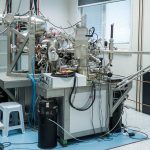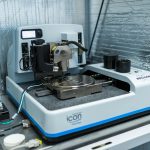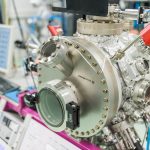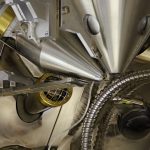SAFMAT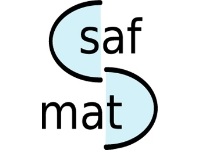 – website
– website
Hosting institution: Institute of Physics, CAS
Technological background of the SAFMAT research infrastructure is based on modern experimental equipment for surface and bulk analysis of materials. SAFMAT is oriented on strengthening the interdisciplinary research among physics, materials science, engineering and medical sciences, and that in particular in the fields of functional materials analysis, materials for applications in medicine, and biomaterials. The main objective of SAFMAT is to strengthen the capacities for excellent research and development of nanotechnologies, whereby the offered services comprise oriented research targeted at advanced functional materials for optics, engineering and power engineering, as well as for medical tools and devices, biomaterials and applications of physical phenomena in medicine. Apart from the development of new material technologies required by the users, the SAFMAT services comprise also characterisation and analysis of materials in various fields relevant for applications. At that, emphasis is laid on preparation of scintillation and luminescent materials and their optical and structural characterisation for the development of new detectors of radiation within the framework of the collaboration with CERN. The capacity of SAFMAT centre is also utilised in a wide scale of applications, including studies of corrosion of materials at nanoscopic level for anticorrosion coverage, physical and mechanical properties of cells, and surface studies of bio-implants. SAFMAT develops synergic collaboration with research infrastructures SPL-MSB and LNSM. In view of the orientation of its expertise on physical applications in the research of surfaces and bio-materials, the complementarity of SAFMAT with the activities of ELI Beamlines and HiLASE infrastructures is very important.
Future development
Owing to the fact that the methods as well as technological requirements on characterisation of the materials develop dynamically, further modernisation in the form of development of a combination of photoelectron spectroscopy with spin resolution of the ESCA apparatus. Further development of the electron microscopy for characterisation of materials and its improvement by exploiting a focused beam of xenon ions for nanomachining and for characterisation of materials by atomic probe techniques. The emphasis is targeted on the development of experimental equipment for preparation of new scintillation and luminescent materials by a unique technology of “micro-pulling down” and on upgrading the electron paramagnetic resonance (EPR) spectroscopy for their structural characterisation. In construction, there is also a unique EPR spectrometer for unconventional electrically detected magnetic resonance for analysis of paramagnetic spectra in semiconducting materials, thin films for spintronics and in real microelectronic devices. After 2020, an upgrade of the lab with the most modern spectrometer operating in the 94 GHz band is planned. That will make possible to analyse materials for science, pharmacy, biotechnologies and chemical industry and study the local properties of solids, liquids and biological objects (in atomic and nanometric scale. These labs will be unique within the European and world scale.
Socioeconomic assets
The singularity of SAFMAT consists in a combination of unique experimental equipment for characterisation of materials and biomaterials with a top-level expertise of the hosting institution. SAFMAT has made it possible to accelerate targeted research developed by the community of users in collaboration with industrial partners, namely smaller and intermediate enterprises, in the development of new technologies and materials with high value added. There are also contributions of SAFMAT in the field of university education through its share on realizing the programs of master and doctoral studies or in organising excursions or specific training of students.
